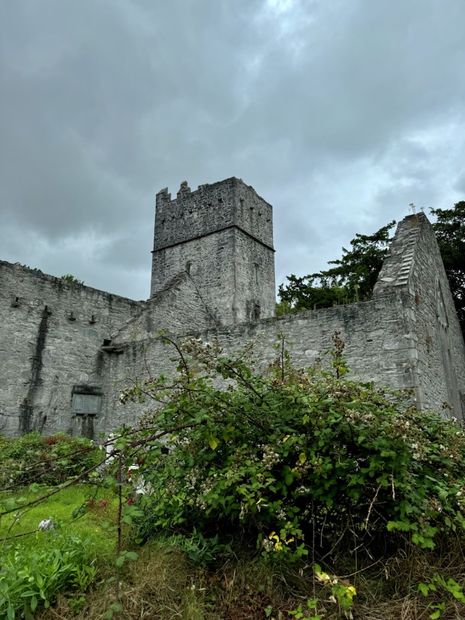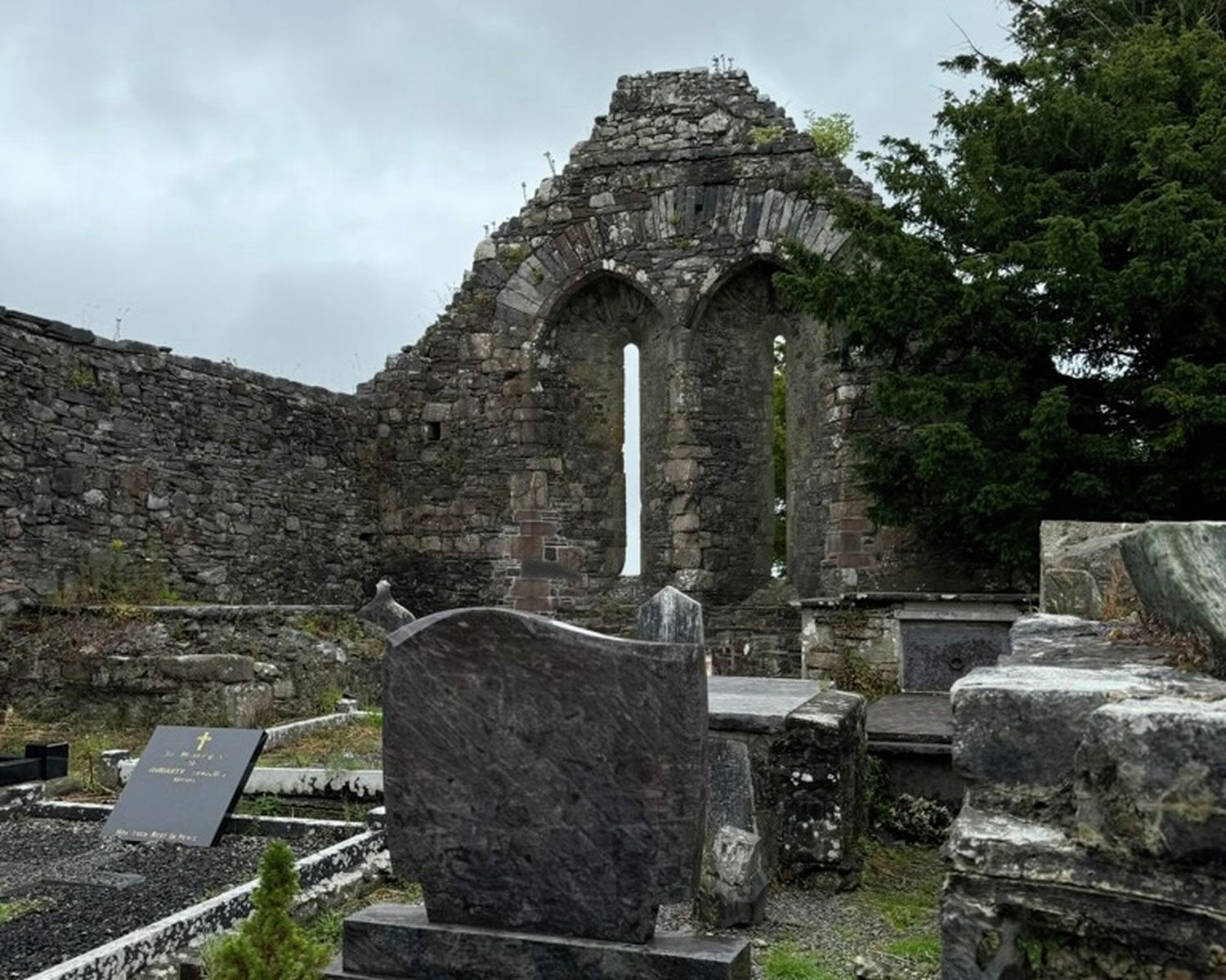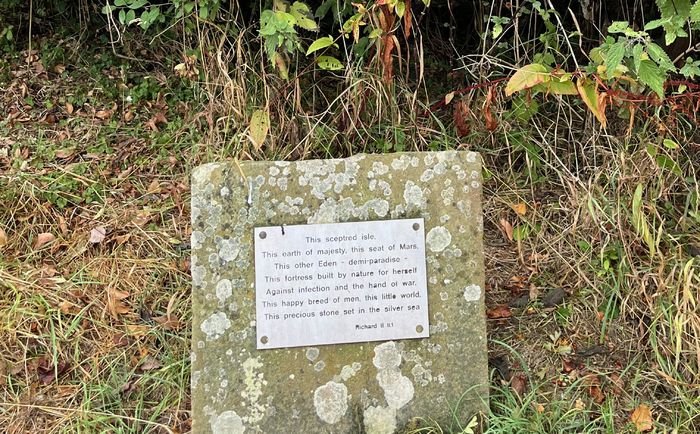On the 26th of December, 1643, in a country gripped by religious war, William Dowsing entered the Chapel of Pembroke Hall, Cambridge (now its ‘Old Library’), with one objective: to break or destroy every Catholic symbol within. The destruction, and its end, are both detailed in a passage in Dowsing’s diary, in which the Pembroke Fellows trap Mr Dowsing in such intense theological debate that he is unable to continue his destruction. A challenge to anyone who claims a humanities degree is useless.
The damage to Pembroke’s Old Chapel was minimal, and the building itself still stands, but events like this, in which the historical buildings we now call home faced destruction, bring to mind a few questions. What if William Dowsing had succeeded in destroying the Chapel? What would Pembroke College look like if he had been allowed to continue? If we stood over the ruins of where a college had once been, rather than studying in its halls, what would we learn then? How would it be different?
6 years after William Dowsing entered Pembroke College, Oliver Cromwell began his conquest of Ireland. In the course of this conquest, his troops would raze Irish churches, monasteries and villages to the ground. The Irish land is now speckled with ruins – places of learning and culture like Cambridge, or even older, which were not allowed to survive and achieve as Cambridge has. In County Kerry, where I have been visiting my family this summer, the monasteries are so significant to the history of academia in Ireland that one of the prevailing theories for the name of the county’s largest lake, Lough Leane, is that it might roughly translate to ‘Lake of Learning’. Yet, when visiting Innisfallen Monastery, Aghadoe Cathedral, or Muckross Abbey, they are all partially or completely ruined, their most significant texts now sitting in Oxford’s Bodleian Library.
My intellectual draw to ruins is shared by many of my peers. My Instagram has been full of people visiting historical ruins all summer, in Athens, Pompeii, Rome. Archaeologists, historians and anthropologists spend hours pouring over them every day; literature students read poems eulogising forgotten histories.
“We look at ruins through an aspirational lens – we imagine, we fill in gaps. Who lived here? Studied here?”
Yet, our interest in ruins does beg questioning. In the case of places such as Ireland (where, I can assure you, there is no shortage of active churches to visit), why are we so drawn to ruins instead? I would argue that the draw of ruins is not the stones themselves, but how we view them. We look at ruins through an aspirational lens – we imagine, we fill in gaps. Who lived here? Studied here? Brian Boru, the ancient King of Ireland, might become as real a spectre as Ted Hughes or Tom Hiddleston studying in Pembroke. There’s evidence; something was here, so why not him?

In many ways, we consider ruins with a literary gaze: the projection of a fictional whole onto a part, through which we can mould an ideal. It’s a guessing game, and this is an inherently exciting, creative process as much as it is a historical one. It is no wonder that so many authors are fascinated by ruins. Keats was made “weak” by seeing the Elgin Marbles; Shelley fought “fitting truth” in Rome’s ruined forms.
But it is important to remember that ruins are not ideals, and not all were simply created by Time – ruined can be an active verb. An example of this is the ruin of Aghadoe Cathedral. Aghadoe Cathedral is a small Romanesque Church overlooking Lough Leane, in County Kerry, Ireland. Its weathered stones are so dark they are almost purple, and moss and small plants intertwine with the old stone, which now forms little more than an outline. The Cathedral has become as much a part of Aghadoe Churchyard as the graves spilling inside its weathered form: a testament to the past. The Cathedral was likely ruined around the 1650s, when the nearby town of Aghadoe was sacked by Cromwellian soldiers. While we do not have access to a record describing the destruction of Aghadoe Cathedral, the church ceased its religious activity in the same period, and was left to fall into ruin thereafter.
“Ruins are not ideals, and not all were simply created by Time – ruined can be an active verb”
Emily Dickinson makes an interesting point in her poem ‘Crumbling is Not An Instant’s Act’, which begins:
’Crumbling is not an instant’s Act
A fundamental pause
Dilapidation’s processes
Are organized Decays —’
As Dickinson points out, not all ruin is instantaneous, caused by a sudden fire or natural disaster, nor is it always directly malicious. It doesn’t need to be sudden to be active. There are buildings which we do not expect to fall into ruin. Cambridge’s Chapels, and their halls, stand strong, though many were active at the same time as Ireland’s oldest monasteries or churches. For Aghadoe Cathedral, its decay is ‘organized’ by the decision not to preserve it, as much as Cambridge’s survival depends on carefully-planned preservation. For such buildings, which are allowed to fall into ruin, we might be prompted to ask: what was the history that was deemed not important enough, or worthy enough, to preserve? What history did they want to go unremembered?
In Ann Laura Stoler’s book ‘Imperial Debris: On Ruins and Ruination’, she notes that: “by definition, ruination is an ambiguous term, being an act of ruining, a condition of being ruined, and a cause of it. Ruination is an act perpetrated, a condition to which one is subject, and a cause of loss.”
“An act perpetrated” stands out most strongly to me here, and is why I argue that visiting ruins is vital. Cambridge is living history – a history which has been preserved, impeccably, by those who had the desire and incentive to preserve it. Those same people did not always have the incentive to preserve other histories – Irish history, for example. This, is undoubtedly, the ‘cause of loss’ Stoler describes. Significantly for us, the man who inspired the sacking of Aghadoe Cathedral was Oliver Cromwell, a Cambridge Alumnae and MP to the city just ten years prior.
Cambridge’s history is an authoritative one. It stands with every building, in every stone and carving, and studying that is important, both to track its academic accomplishments and its indisputable failures. But it would be remiss to suggest that it represents the only history. And not all history still stands today. This is why we must continue our obsession with ruins.
“The projected gaze which the ruined building encourages allows us to think beyond history, into other histories which might have been, which could be, and which can be”
Ireland’s ruins call to a historical provenance which has not always been acknowledged, and they prompt an imaginative, literary gaze, which can help to fill those gaps, and ask vital questions. We have to learn what might have been there, and how it was destroyed. Ruins, therefore, in being the conflict between the evidence of a history which was, and a future which was denied, encourage the viewer to consider their role in making history. The projected gaze which the ruined building encourages allows us to think beyond history, into other histories which might have been, which could be, and which can be. A warning, a promise, or a glimmer of hope, they challenge the viewer to be more aware of their presence on earth and its devastating impacts. What do you have a hand in upholding? What, exactly, is the ruin you will leave behind?


